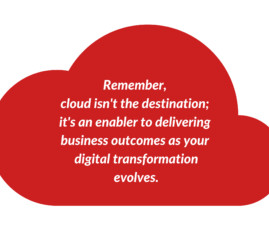A Conversation with Dennis Estrada
Aviatrix
AUGUST 11, 2018
I caught up with Dennis recently on the busy exhibition floor at AWS Chicago Summit. But as we have moved 90% of workload to AWS, it does not make sense to require employees to first connect to on-prem and then connect to AWS resources. The AWS marketplace metered AMI allows us to pay as we consume. Dennis : Yes.














Let's personalize your content